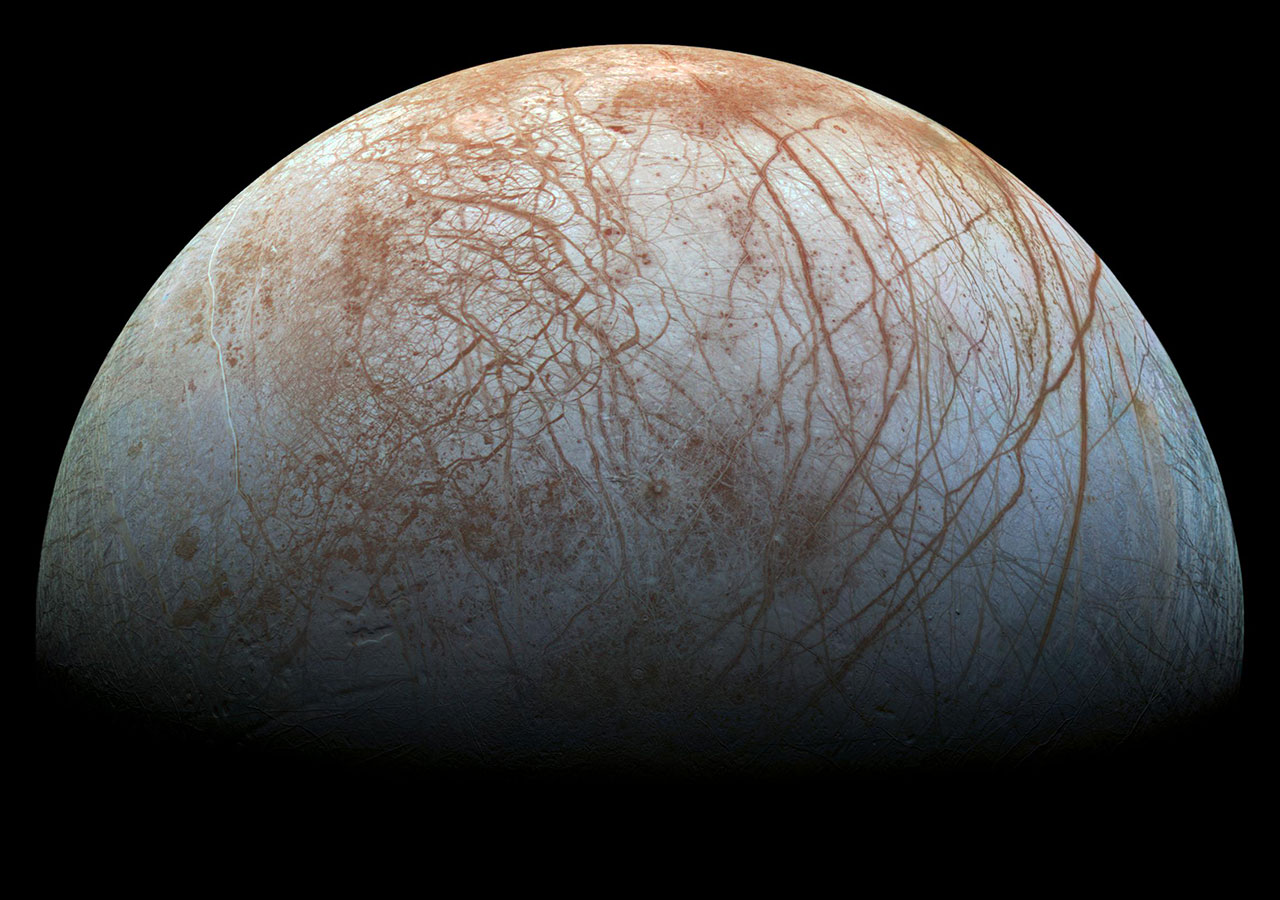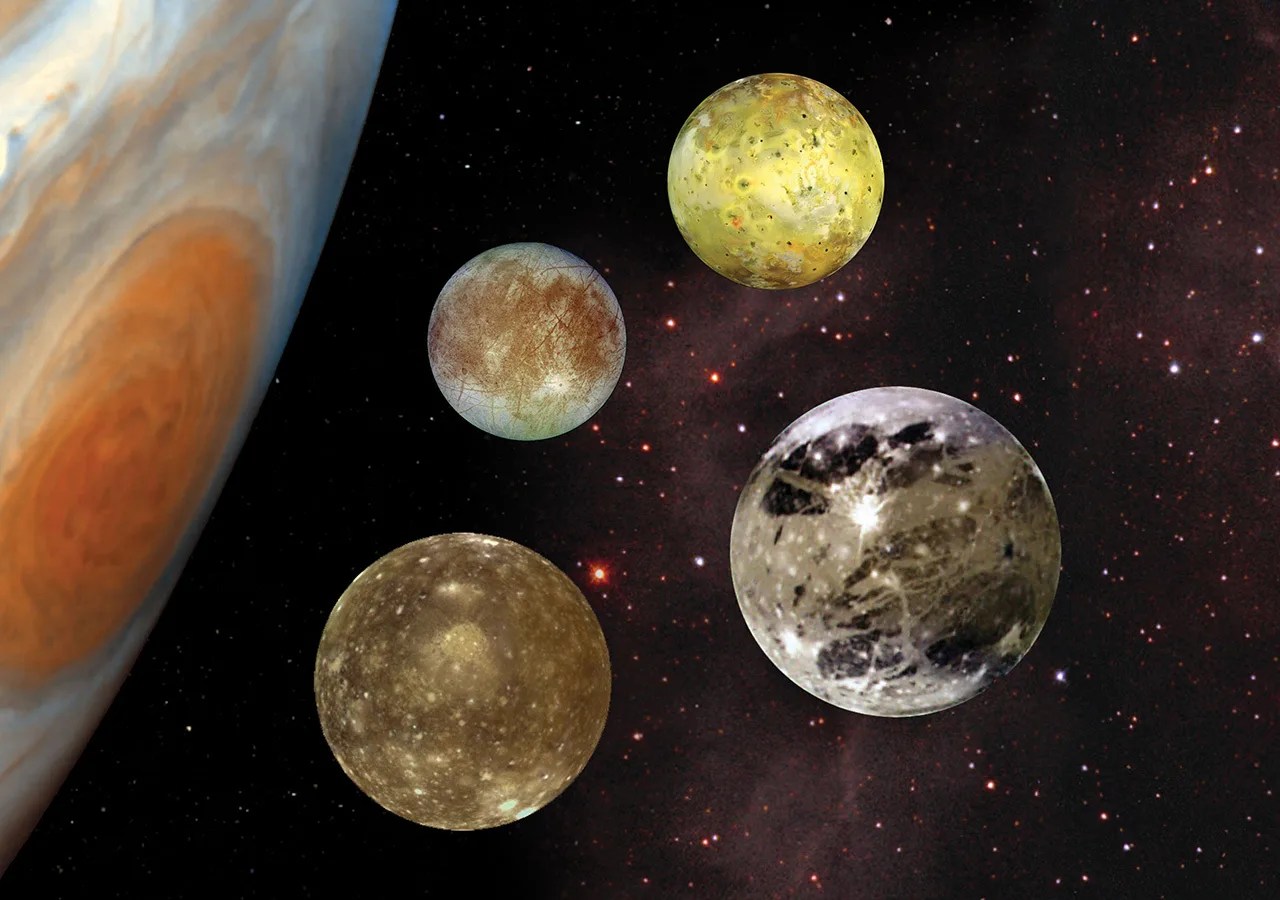
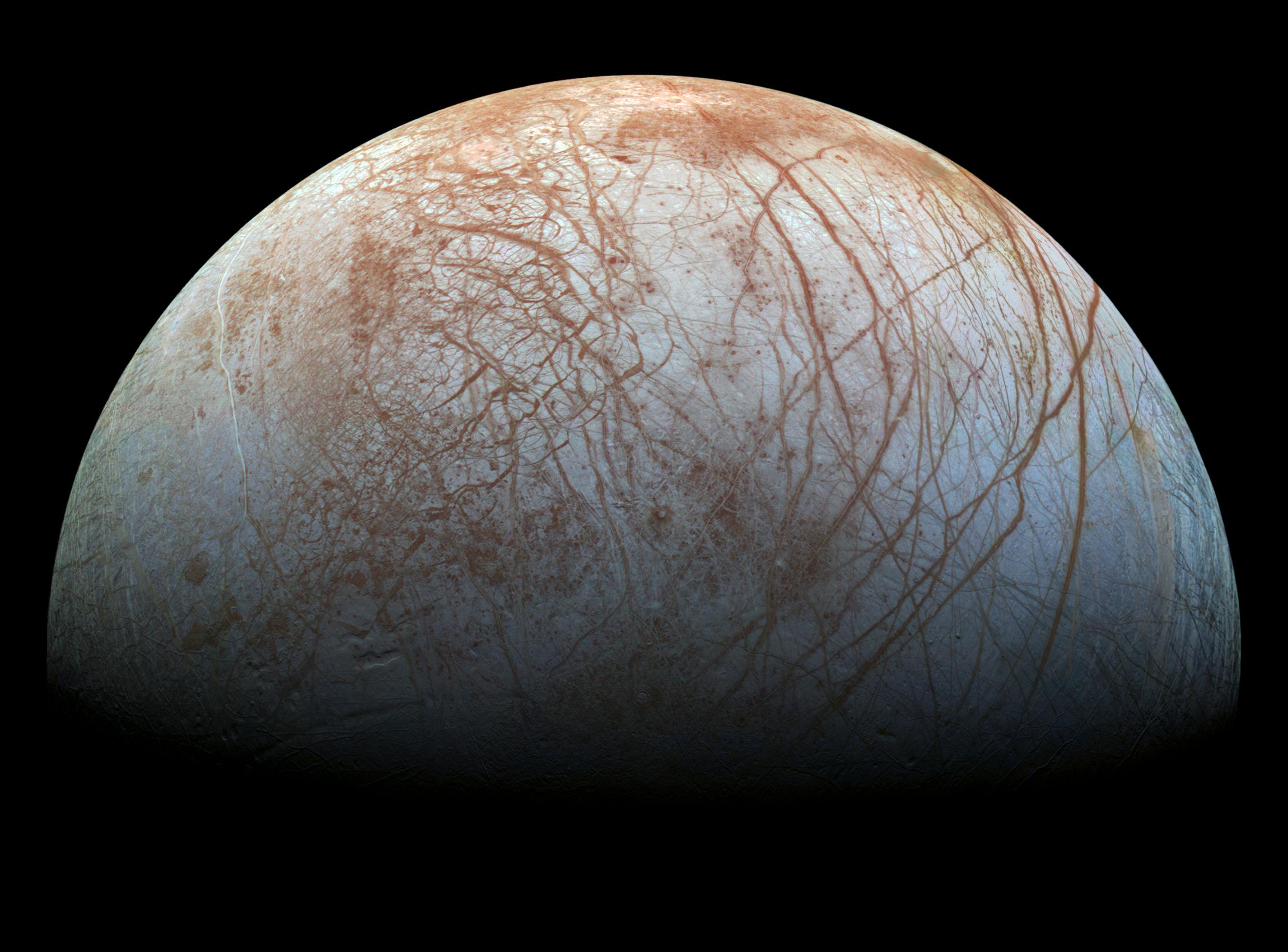
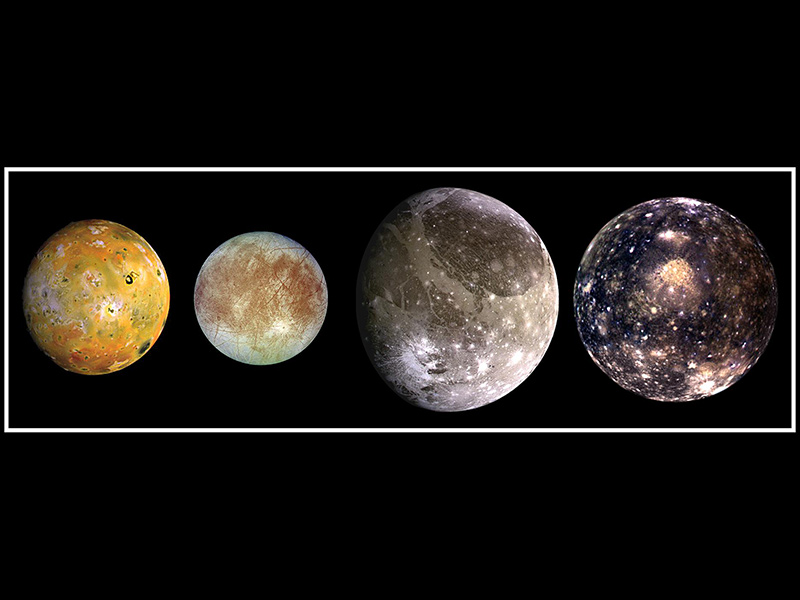
Moons of Jupiter
Jupiter has 95 moons that have been officially recognized by the International Astronomical Union. But the number doesn't capture the complexity of the Jovian system of moons, rings and asteroids. The giant planet has thousands of small objects in its orbit. Scientists are getting so good at spotting tiny moons orbiting distant, giant planets that the International Astronomical Union has decided the smallest will no longer be given mythological names unless they are of “significant” scientific interest.
Location
Jovian System
First Discoveries
Jan. 7, 1610
Moon Count
95
Next mission
Europa Clipper
Featured Moons
Jupiter's four largest moons were the first moons discovered beyond Earth. They are called the Galilean satellites after Italian astronomer Galileo Galilei, who is credited with their discovery in 1610. German astronomer Simon Marius observed them around the same time, but is largely forgotten because he published his findings after Galileo. But the names Marius proposed for the moons in 1614 (mythological characters associated with Jupiter, suggested to him by fellow astronomer Johannes Kepler) are the ones we use today — Ganymede, Callisto, Io, and Europa. Here they are in order of size:
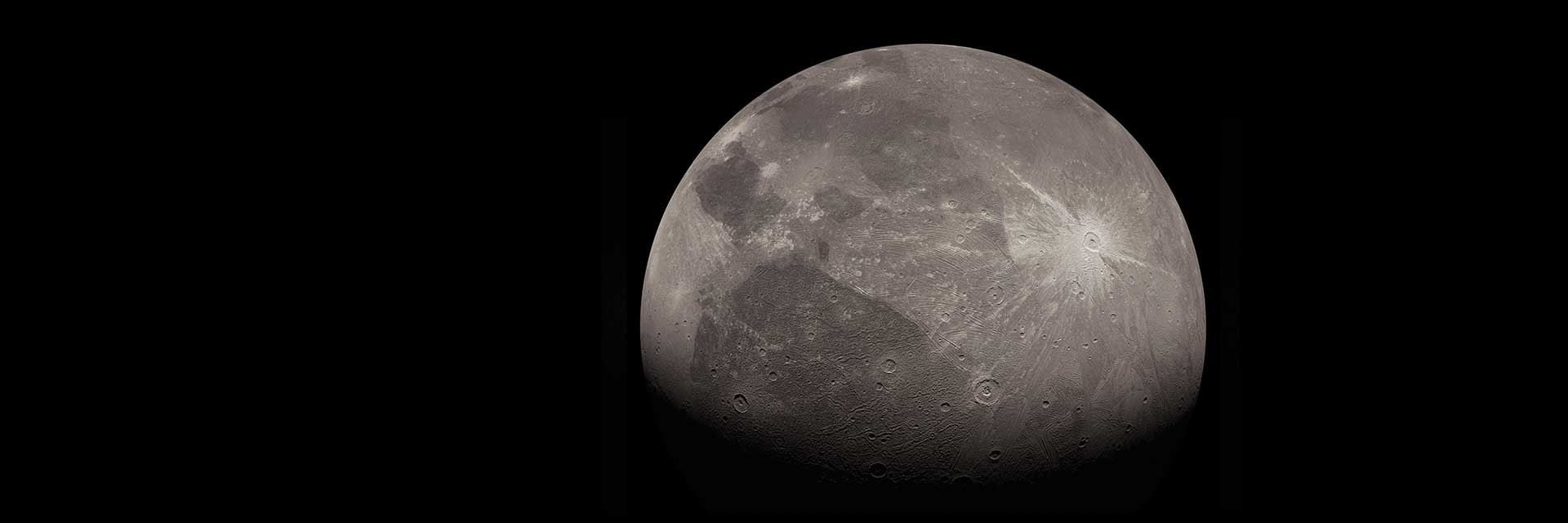
Ganymede
Ganymede is Jupiter's largest moon, and the largest moon in our solar system. It's even bigger than Mercury, and Pluto.
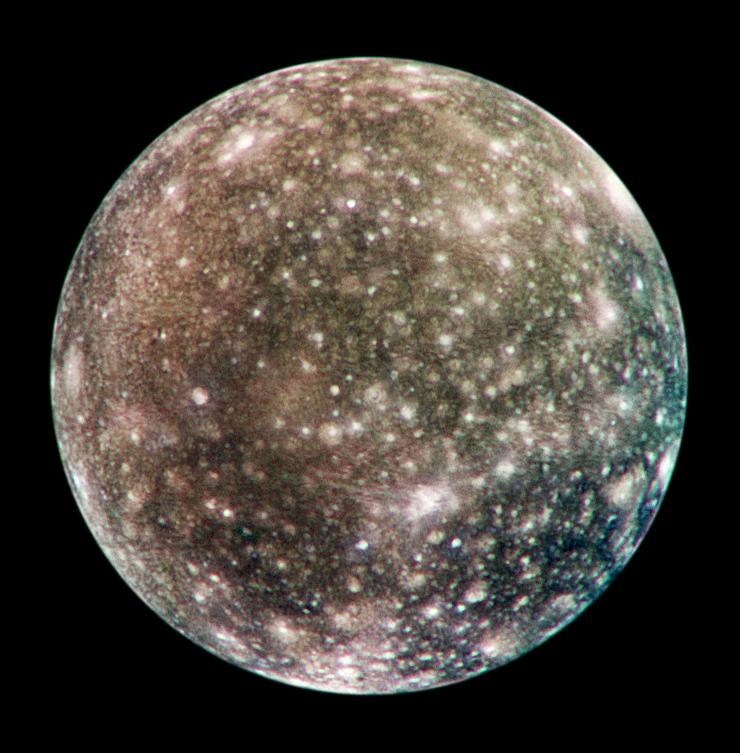
Callisto
Callisto is Jupiter’s second largest moon and the third largest moon in our solar system.

Io
Io is Jupiter's third largest moon, and the most volcanically active world in our solar system.
